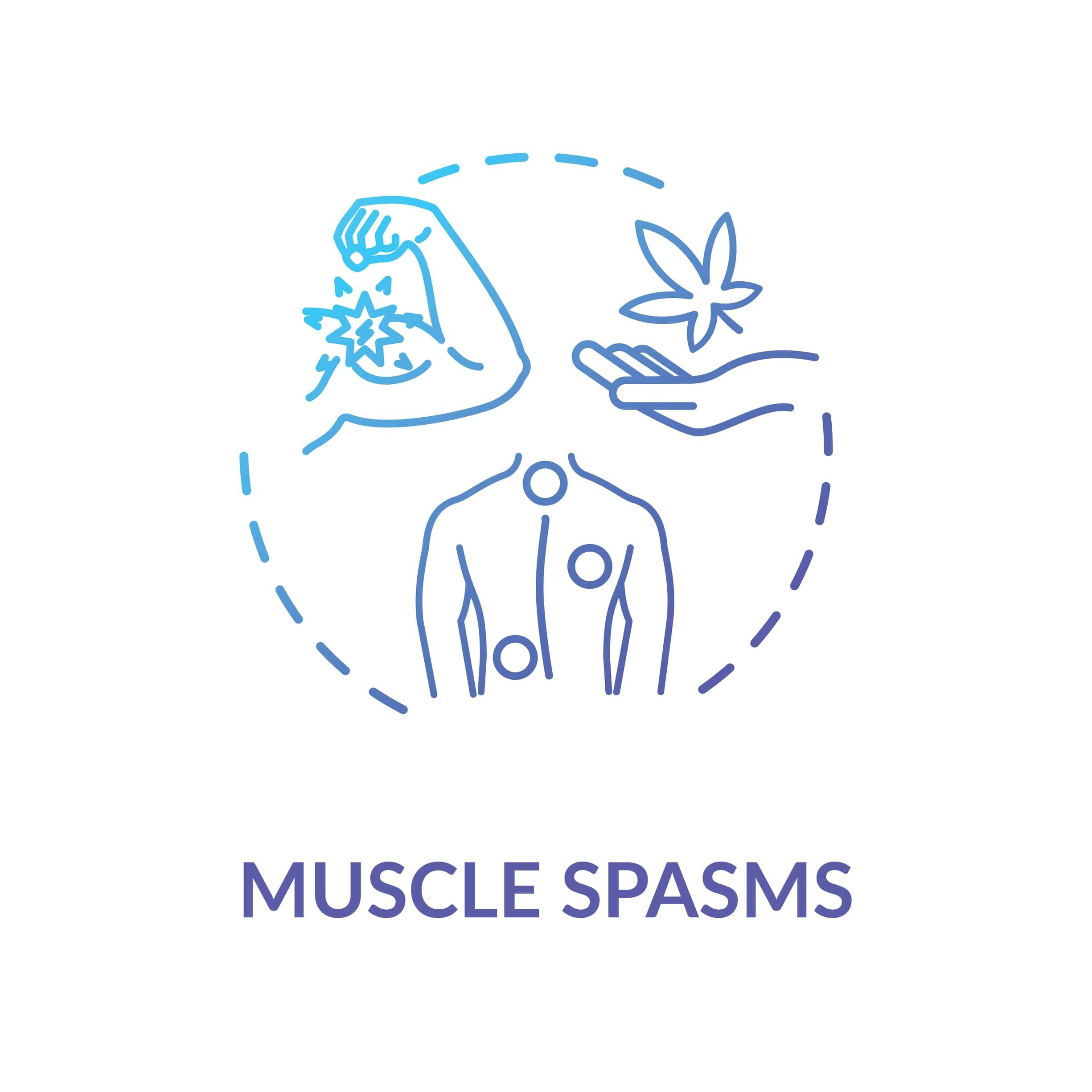
Medical Marijuana for Treating Muscle Spasticity
Muscle spasticity, a common symptom in neurological conditions like Multiple Sclerosis (MS), Muscular Dystrophy, and various other disorders, can be debilitating and adversely affect an individual’s quality of life. Traditional treatments often come with side effects and limited effectiveness. In recent years, medical marijuana has emerged as a promising alternative for managing muscle spasticity. This blog explores the potential benefits of medical marijuana in alleviating muscle spasticity in neurological conditions and sheds light on its growing acceptance in the medical community.

Myopathy vs. Neuromuscular Disorders: What’s the Difference?
Muscles are essential components of our body, responsible for facilitating movement and maintaining posture. When problems arise within the muscle system, it can lead to a range of debilitating conditions. Two common categories of such disorders are myopathy and neuromuscular junction (NMJ) disorders. While both can affect muscle function, they differ in their origins, mechanisms, and clinical manifestations. In this blog, we will explore the similarities and differences between myopathy and neuromuscular junction disorders.

Clumsiness or Balance Problems: How to Know the Difference
Balance is a fundamental aspect of our daily lives, often taken for granted until it starts to falter. Maintaining proper balance is a complex process that involves various systems within the body, particularly the neurological system. When balance problems arise, they can significantly impact an individual’s quality of life and overall well-being. In this blog, we will explore neurological balance problems, their potential causes, and when it is essential to seek the expertise of a neurologist for diagnosis and treatment.
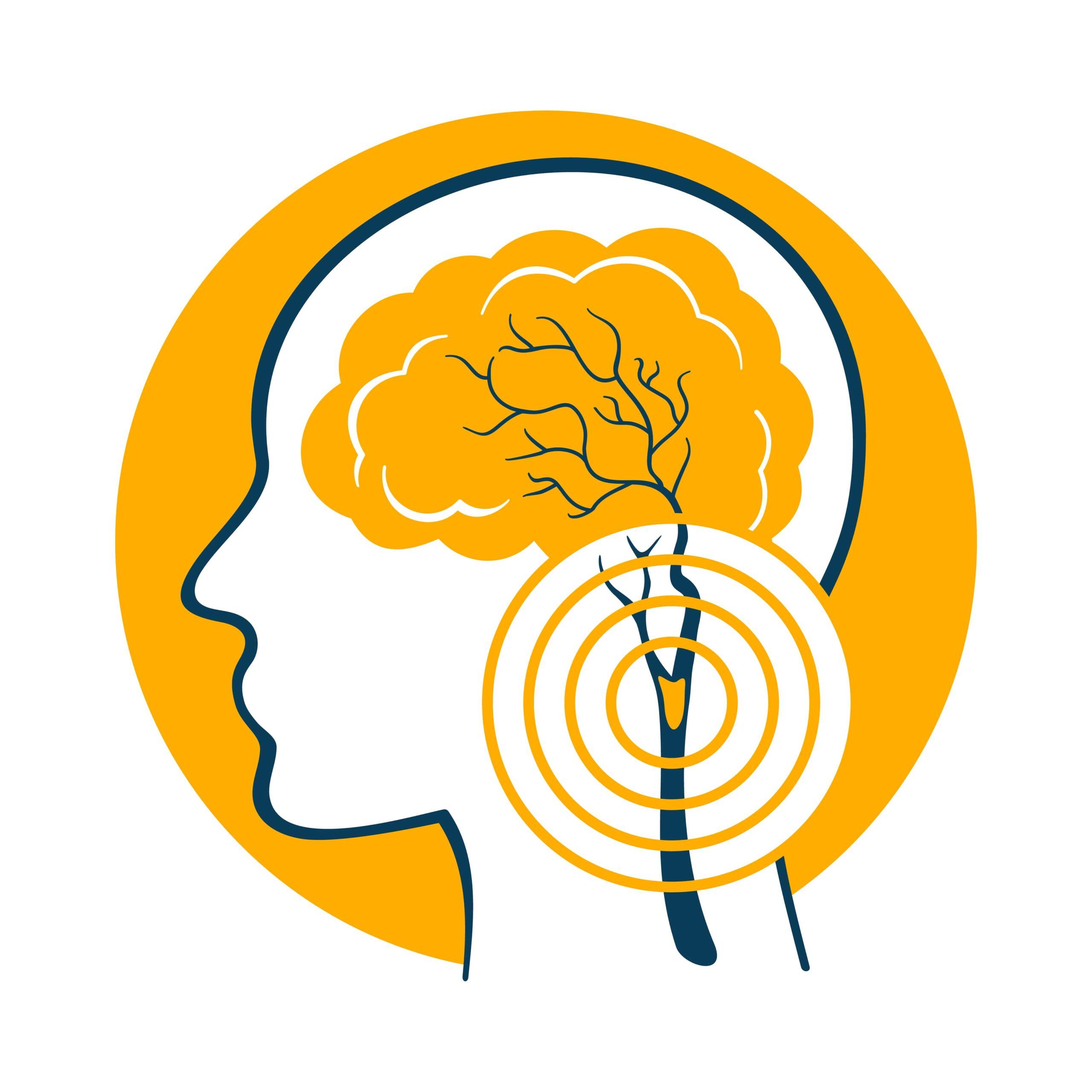
Stroke Risk Factors You Didn’t Know About
Strokes can strike like a bolt out of the blue, leaving devastation in their wake. Yet, while we count high blood pressure and heart disease as familiar foes in this battle, there are a myriad of other, less recognized factors silently shaping our stroke risk profile. From the air we breathe to the stress we shoulder, these covert culprits stealthily undermine our vascular health. This blog unveils some surprising stroke risk factors lurking in the shadows of everyday life—elements that don’t feature in our regular health checks but are just as potent in their capacity to harm. It’s time to cast a light on these hidden hazards and arm ourselves with the knowledge to counter their threat.

Can You Slow the Progression of Alzheimer’s Disease?
Alzheimer’s disease is a relentless neurodegenerative condition that affects millions of people worldwide. Characterized by cognitive decline, memory loss, and a host of other neurological symptoms, it significantly impacts patients, their families, and healthcare systems. A diagnosis of Alzheimer’s disease can feel like a race against time due to the progressive nature of the condition. One of the most common questions neurologists encounter is, “Can you slow the progression of Alzheimer’s disease?” In this blog, we hope to provide some insight into how Alzheimer’s disease affects the brain and what can be done.

Understanding Diagnostic Procedures Neurologists Use
When it comes to diagnosing neurological disorders and conditions that affect the brain and nervous system, neurologists employ a wide array of diagnostic procedures and tools to unravel the complexities hidden within the human brain and nervous system. These procedures play a pivotal role in identifying and understanding various neurological conditions, enabling neurologists to provide targeted treatment and care. In this blog, we will delve into the fascinating world of neurology and explore the different types of diagnostic procedures that neurologists utilize. Whether you’re a patient seeking insight into your own neurological health or simply curious about the field of neurology, this exploration will shed light on the many ways that doctors diagnose and understand the enigmatic realm of the human brain. So, let’s embark on this enlightening journey and uncover the secrets behind the art and science of neurological diagnosis.

Why See a Neurologist for Carpal Tunnel Syndrome
Carpal Tunnel Syndrome (CTS) is a prevalent and often debilitating condition that affects countless individuals, causing pain, tingling, and weakness in the hand and wrist. While many individuals may initially turn to their primary care physicians or orthopedic specialists for treatment, there are compelling reasons to consider consulting a neurologist when dealing with CTS. In this blog post, we’ll explore why seeing a neurologist for Carpal Tunnel Syndrome can be a wise choice.
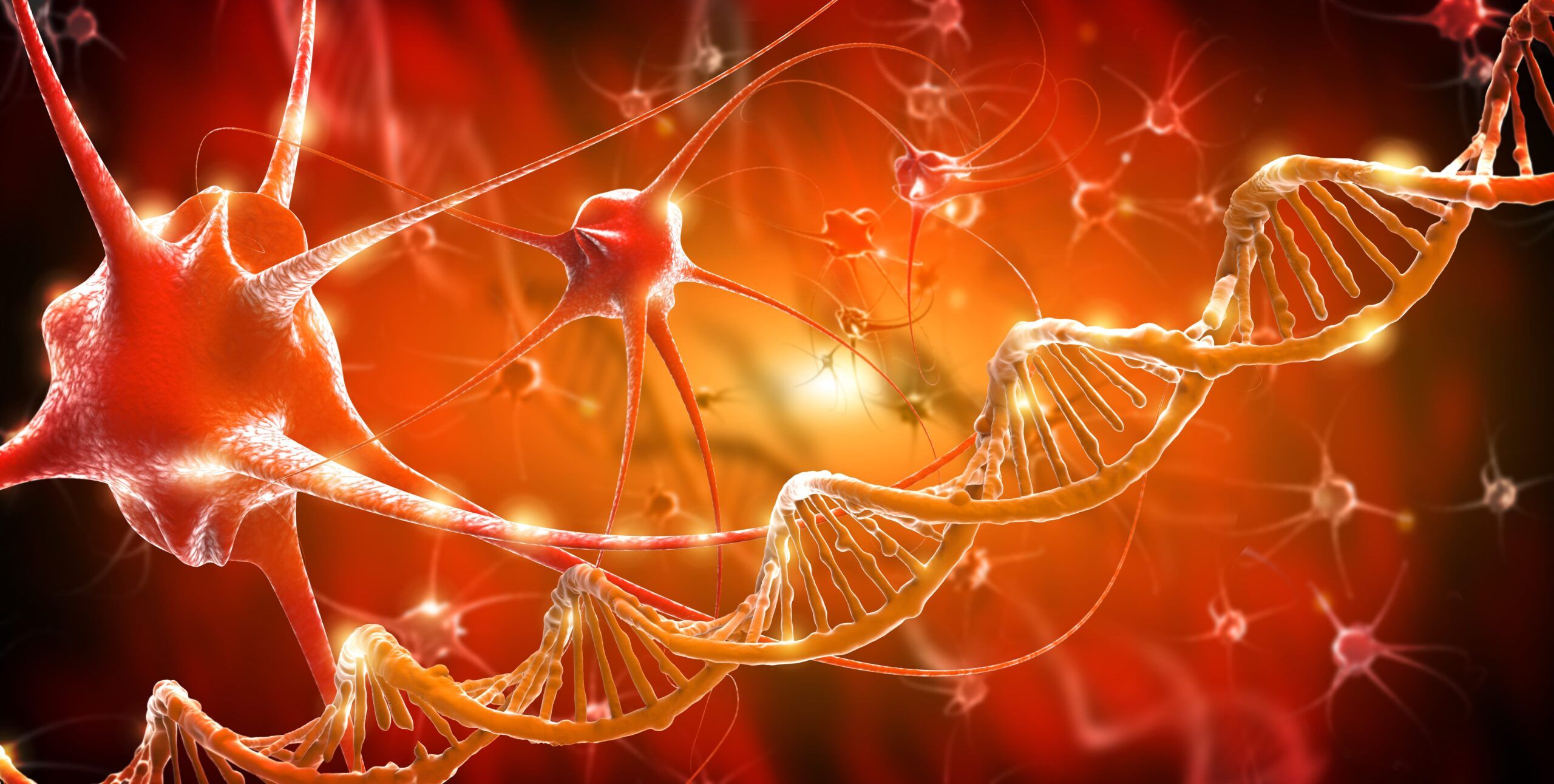
The Role of Genetics in Neurological Disorders: What Families Should Know
In the vast and intricate tapestry of human biology, few threads are as compelling and complex as genetics. These microscopic strands of DNA hold the codes that define us, from the color of our eyes to our predispositions to certain health conditions. Among the myriad of mysteries they unlock, one area that has garnered significant attention in recent years is the role of genetics in neurological disorders, also known as neurogenetics. For families navigating the labyrinth of neurology, understanding the genetic underpinnings can be both enlightening and daunting. This guide aims to shed light on the profound connection between our genes and neurological conditions, offering families clarity, hope, and a path forward in their journey. Whether you’re a concerned parent, a curious individual, or someone living with a neurological disorder, this exploration into the world of genetics will provide valuable insights and empower you with knowledge. Join us as we delve deep into the genetic blueprint of neurological disorders and discover what every family should know.

Understanding and Managing Sundowning in Dementia Patients
As the sun sets and the world transitions from the brightness of day to the calm of night, many of us find solace in the evening’s tranquility. However, for a significant number of dementia patients, this time of day can bring about a perplexing and distressing phenomenon known as “sundowning.” Characterized by a sudden onset of confusion, agitation, and restlessness as the day comes to a close, sundowning is a term that has become all too familiar to caregivers and loved ones of those with dementia. But what exactly triggers this condition, and how does it impact the daily lives of those affected? In this blog, we will delve deep into the enigma of sundowning, shedding light on its causes, manifestations, and the ways in which caregivers can navigate this challenging aspect of dementia care. Join us as we explore the twilight struggle faced by countless dementia patients and seek to understand the mysteries of the mind that unfold as the sun goes down.

The Impact of Diet and Exercise on Brain Health
The brain, often referred to as the control center of the body, is responsible for a myriad of functions, from regulating our emotions to controlling our movements. As such, maintaining optimal brain health is crucial for overall well-being. Two significant factors that influence brain health are diet and exercise. Let’s delve into how these elements impact our brain’s functionality and longevity.

Weather and Migraines: Is There a Neurological Connection?
Migraines are a complex neurological condition that affects millions of people worldwide. While the exact cause of migraines remains a topic of ongoing research, various triggers have been identified. One of the most intriguing and debated triggers is the weather. But how does something as vast and external as the weather influence our internal neurological processes? Let’s delve into the science behind this connection.
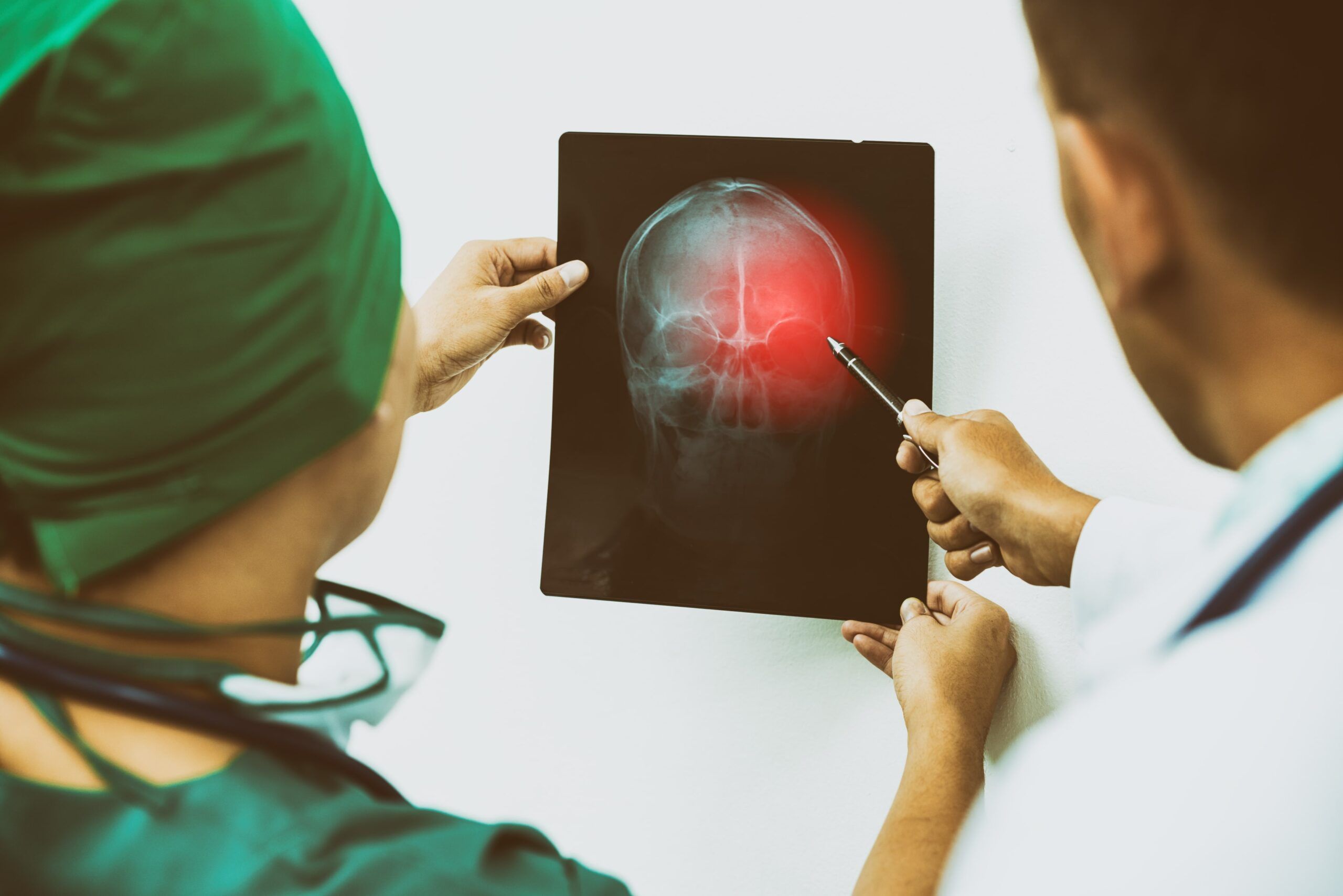
Neurology Insights: Understanding the Most Common Types and Causes of Head Injuries
Head injuries are a significant concern in the field of neurology. They can range from mild bumps to severe traumatic brain injuries (TBIs) that can have lasting effects on an individual’s cognitive, physical, and emotional well-being. In this blog, we will delve into the most common types of head injuries and their primary causes.
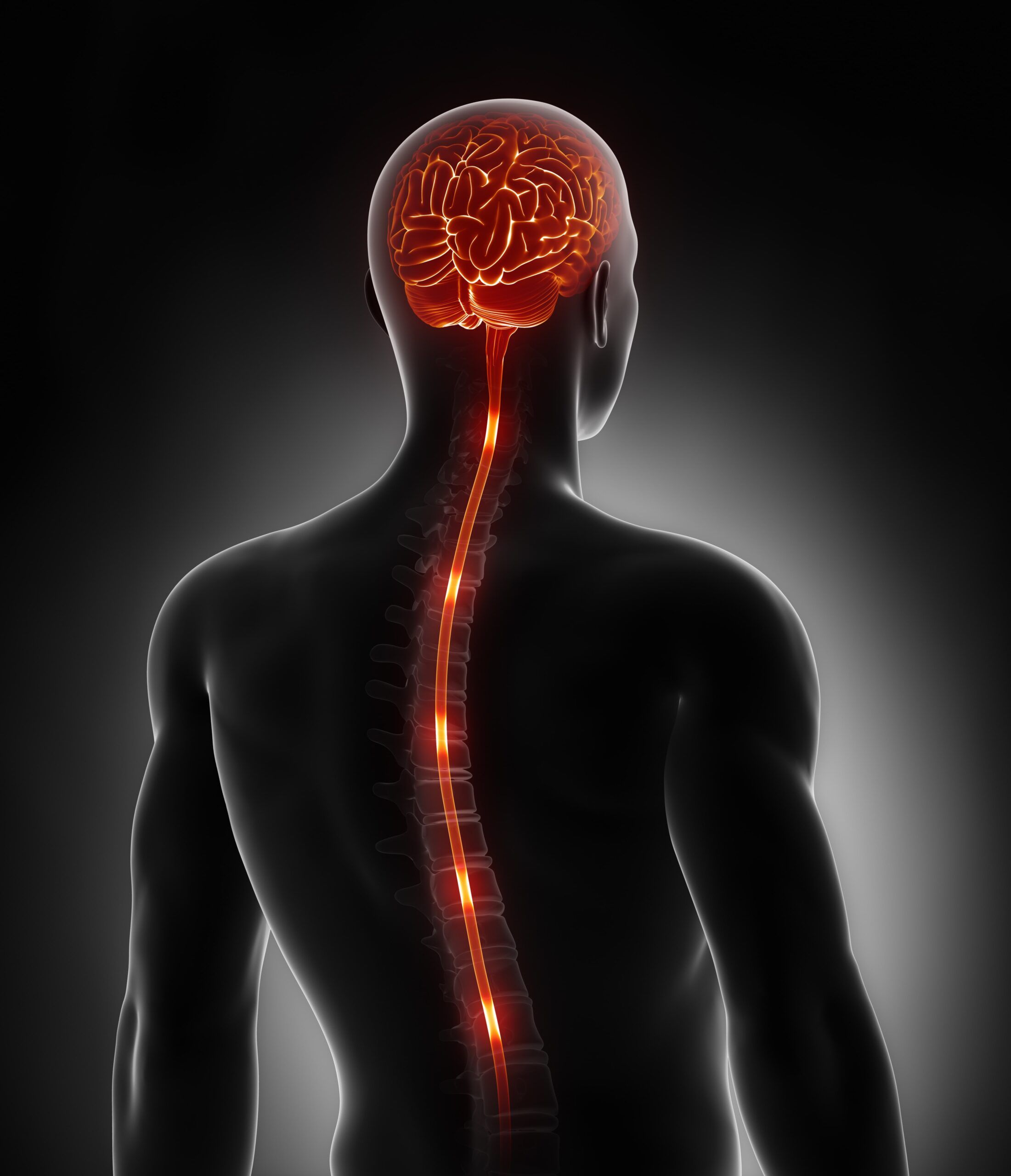
Chronic Spinal Pain and Radiculopathy: Why Seeing a Neurologist is Crucial
Chronic spinal pain and radiculopathy are conditions that can significantly impact one’s quality of life. While many people might first think of seeing an orthopedic specialist for spine-related issues, there’s a compelling case for consulting a neurologist. Let’s delve into the intricacies of these conditions and understand why a neurologist might be the best specialist to consult.
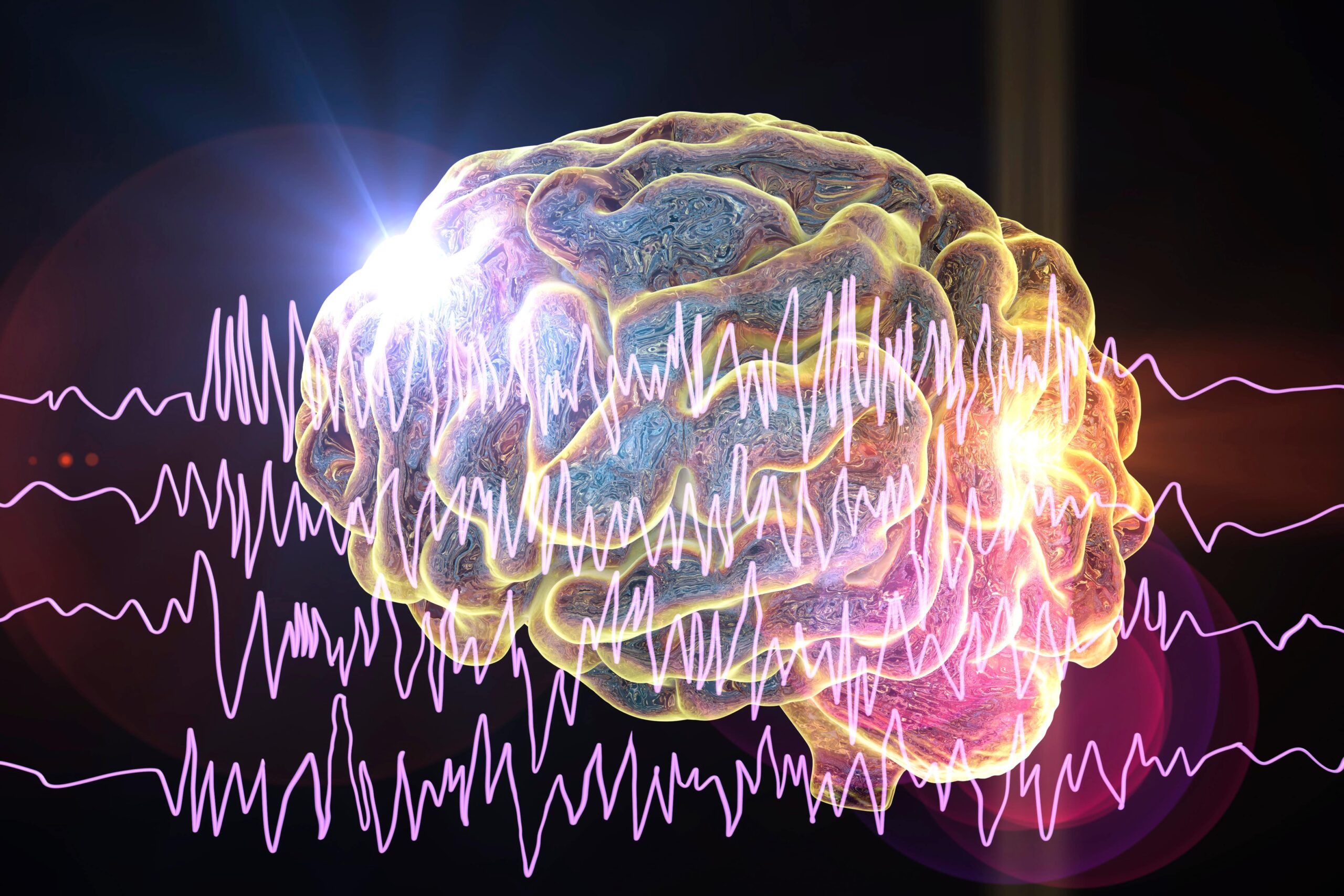
Navigating the Diagnosis Journey: Understanding Epilepsy Testing and Diagnosis
Epilepsy, a neurological disorder characterized by recurrent seizures, affects millions of people worldwide. If you or a loved one suspect epilepsy might be a concern, understanding the diagnosis journey is crucial for obtaining proper care and management. In this blog post, we’ll walk you through the essential steps of epilepsy testing and diagnosis, shedding light on the process and what to expect.

Unveiling the Power of IV Infusion Therapy for Migraines
Migraines are not just headaches; they are often debilitating experiences that can severely impact a person’s quality of life. For those who suffer from chronic migraines, finding effective relief becomes a top priority. While traditional treatments like oral medications have their place, a relatively newer approach called IV infusion therapy has been gaining traction as a promising option. In this blog, we’ll delve into the world of IV infusion therapy for migraines, exploring what it is, how it works, and its potential benefits.

The Power of Medical Cannabis: Unraveling its Potential in Sleep Disorder Management
In recent years, the use of medical cannabis has gained significant attention as an alternative therapy for various health conditions, including sleep disorders. While the stigma surrounding cannabis has gradually diminished, numerous scientific studies have shed light on the potential benefits of cannabinoids in promoting restful sleep and alleviating sleep-related issues. In this blog, we delve into the world of medical cannabis and explore its potential as a treatment for sleep disorders.

What is Medication Overuse Headache and How is it Treated?
Headaches are a common occurrence for many people and can range from mild annoyances to debilitating pain. However, there’s a lesser-known type of headache that can become a vicious cycle, exacerbating the pain it was meant to treat. This condition is called Medication Overuse Headache (MOH), and in this blog, we will explore what MOH is, its causes, symptoms, and most importantly, how it can be treated effectively.

Understanding Different Types of Medical Cannabis
Cannabis, a versatile and intriguing plant, is renowned for its numerous applications and effects. Within the cannabis species, there are four distinct types, each characterized by their unique chemical compositions and varying psychoactive properties. These types, commonly referred to as strains, encompass Cannabis sativa, Cannabis indica, Cannabis ruderalis, and hybrid strains. While Cannabis sativa is celebrated for its invigorating and energizing effects, Cannabis indica is renowned for inducing relaxation and tranquility. On the other hand, Cannabis ruderalis is lesser-known, possessing limited psychoactive compounds but is prized for its autoflowering trait. Moreover, hybrid strains amalgamate the characteristics of sativa and indica, presenting an array of combinations to cater to individual preferences. In this exploration of the four different types of cannabis, we will delve into their distinctive attributes, therapeutic potentials, and how they can be used to treat neurological conditions, unlocking a deeper understanding of this fascinating plant.

Exploring Different Strains and Varieties of Medical Cannabis
The use of medical cannabis has gained significant attention in recent years as a potential treatment for various health conditions. Among them, neurological disorders have emerged as a field where medical cannabis shows promise. As we delve into the world of medical cannabis, it’s essential to understand how different strains and varieties can impact the treatment of neurological conditions.

Using Botox as Migraine Treatment
Migraines are debilitating headaches that can significantly impact a person’s quality of life. They are often accompanied by severe pain, nausea, sensitivity to light and sound, and can last for hours or even days. While there are various treatment options available, one unconventional yet effective method gaining popularity is the use of Botox injections. Typically known for its cosmetic applications, Botox has proven to be a game-changer for migraine sufferers. In this article, we will explore the surprising benefits of using Botox for migraine treatment.
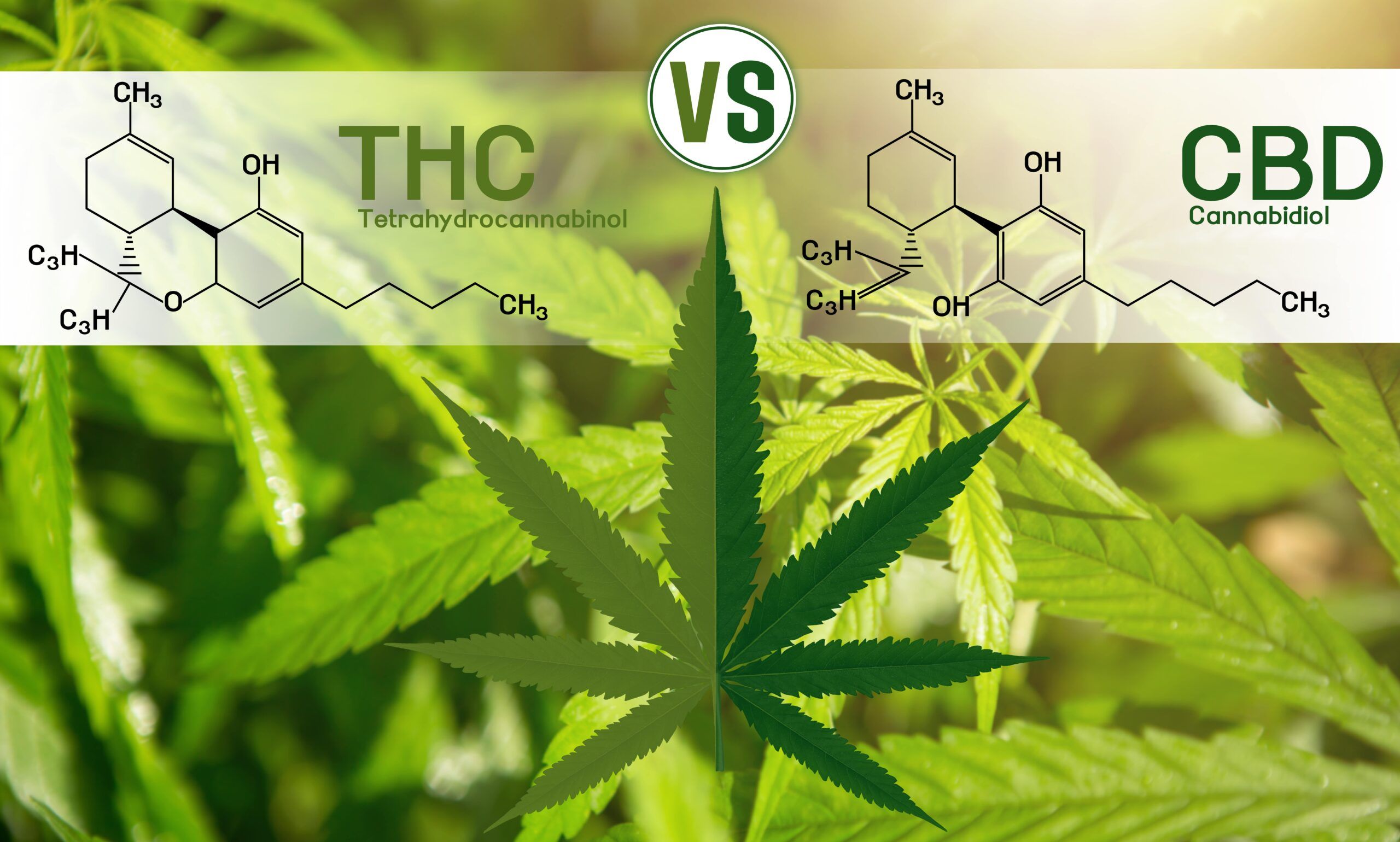
CBD vs. THC: Understanding the Differences and Benefits
The acceptance and recognition of medical marijuana are on the rise, prompting a need to understand the distinctions between its primary components: tetrahydrocannabinol (THC) and cannabidiol (CBD). By delving into the unique properties and therapeutic potentials of THC and CBD, we can navigate the world of medical cannabis more effectively and make informed decisions about its use. This blog aims to shed light on the differences between THC and CBD, providing insights into their effects on the body, their potential medical applications, and the importance of considering their individual characteristics when exploring the world of medical marijuana. Understanding these differences will empower individuals to make educated choices in leveraging the medical potential of cannabis.

Understanding the Different Types of Migraines
Migraines are more than just severe headaches. They are a complex neurological disorder that affects millions of people worldwide. Within the realm of migraines, there exists a spectrum of different types, each with its own unique characteristics, triggers, and treatment approaches. Understanding these distinct types of migraines is crucial for accurate diagnosis and effective management. From the classic migraine without aura to the sensory experience of migraines with aura, and from the paralyzing episodes of hemiplegic migraines to the balance issues of vestibular migraines, exploring the various types provides valuable insights into the diverse nature of this condition. In this blog, we will delve into each type, shedding light on their defining features and equipping readers with knowledge that can help them better navigate the world of migraines.
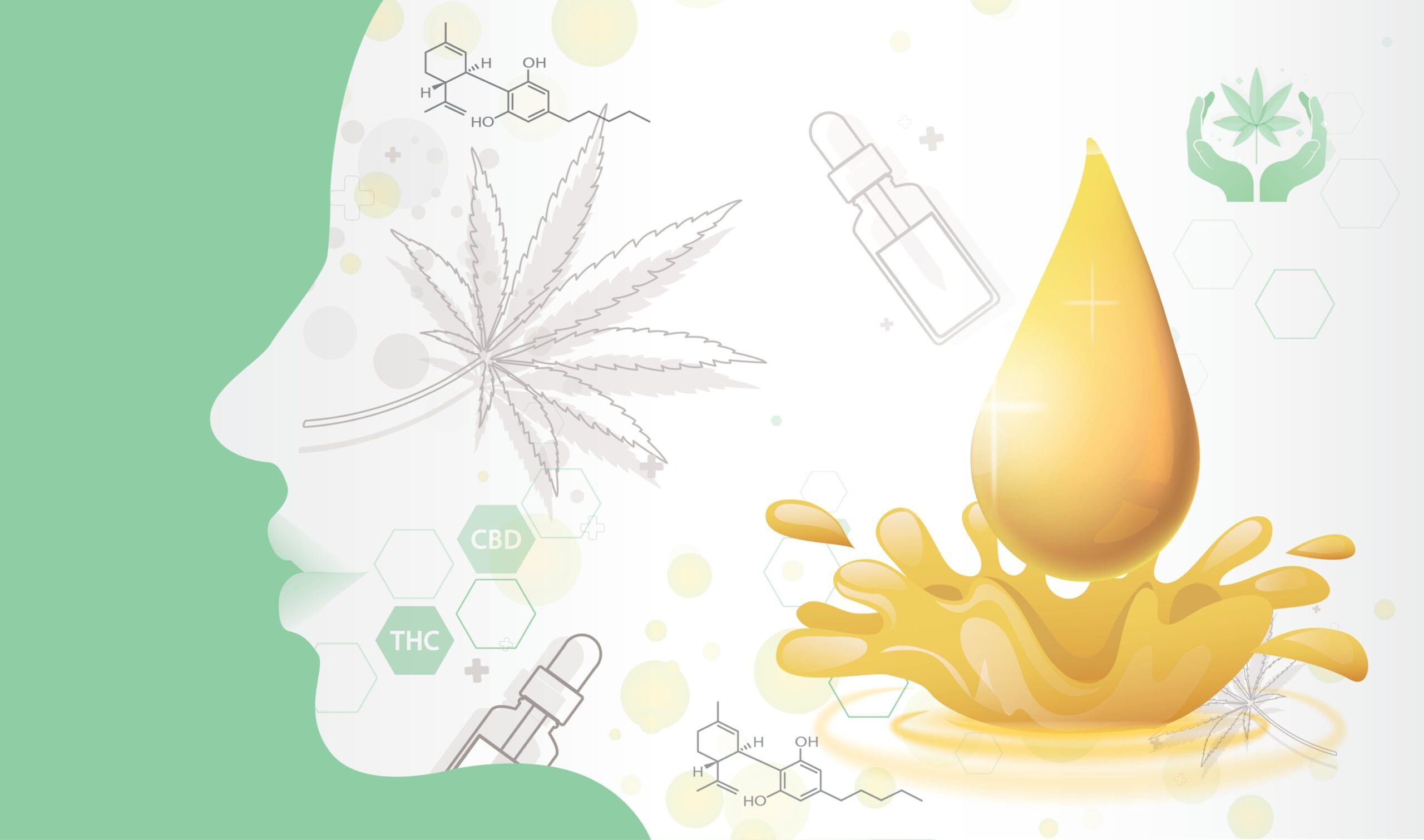
Exploring the Use of Medical Marijuana to Treat Migraines
Migraines affect millions of people worldwide, causing severe pain, debilitating symptoms, and a significant negative impact on daily life. While conventional treatments are available, they often fall short in providing complete relief. In recent years, medical marijuana has emerged as a potential alternative for migraine sufferers. This blog delves into the effectiveness of medical marijuana in treating migraines and explores its potential benefits and considerations.
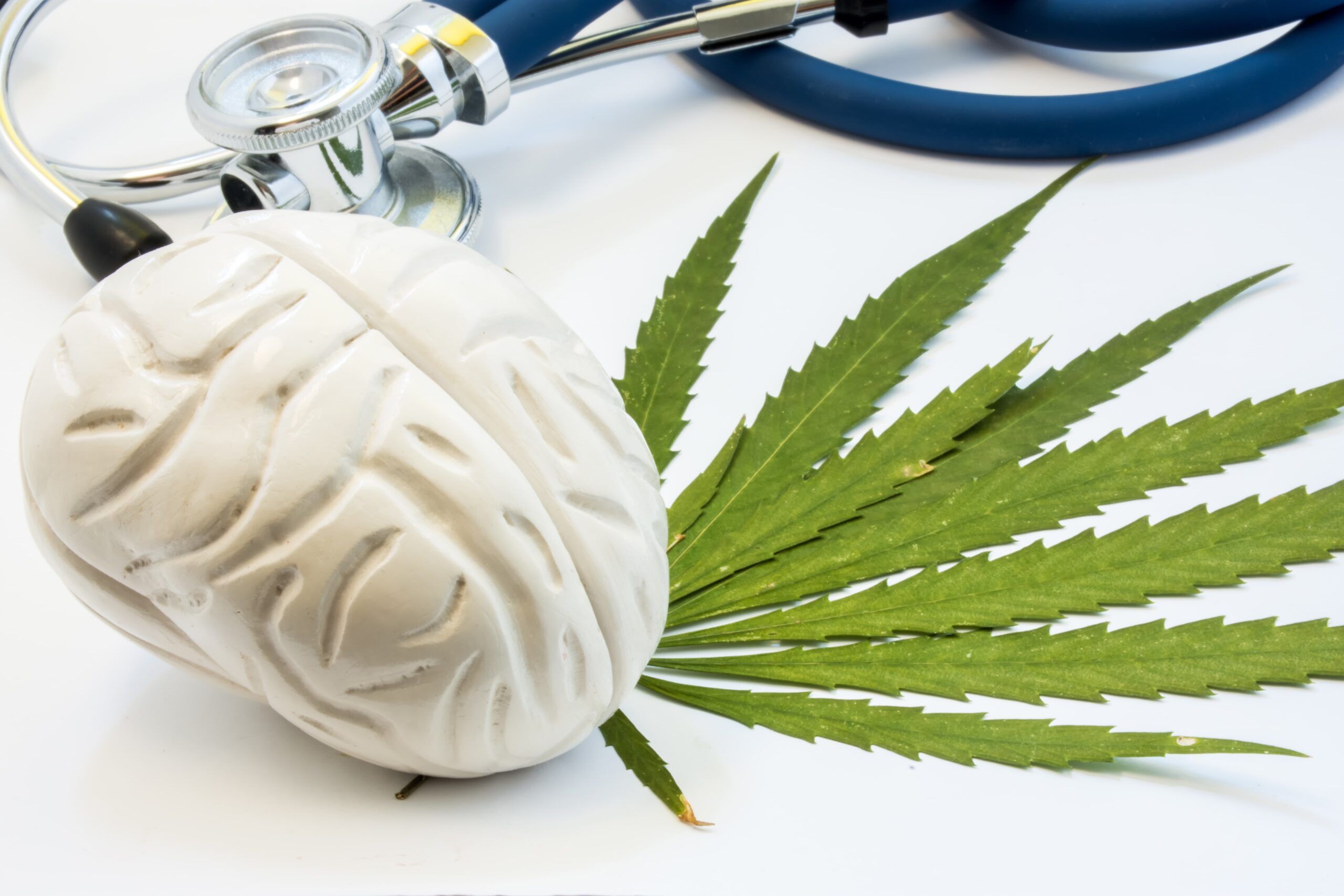
The Benefits of Combining Medical Marijuana with Traditional Neurological Treatments
The treatment landscape for common neurological conditions is constantly evolving, with medical professionals and researchers continuously exploring innovative approaches. One emerging area of interest is the combination of medical marijuana with traditional neurological treatments. This integration offers a unique opportunity to harness the potential benefits of both modalities, providing a holistic and comprehensive approach to managing conditions such as chronic pain, epilepsy, multiple sclerosis, and Parkinson’s disease. By leveraging the therapeutic properties of medical marijuana alongside established neurological treatments, patients may experience enhanced symptom relief, improved functionality, and a potential reduction in medication dosage and side effects. In this article, we will delve into the benefits of combining medical marijuana with traditional neurological treatments and explore how this synergy can potentially transform the treatment landscape for common neurological conditions.

Medical Marijuana for Alzheimer’s and Dementia: What We Know So Far
Alzheimer’s disease and dementia are formidable challenges that affect millions of individuals worldwide, profoundly impacting their cognitive abilities and quality of life. As the search for effective treatments continues, medical marijuana has emerged as a topic of interest and exploration. With its potential therapeutic properties, medical marijuana holds the promise of providing relief for those affected by Alzheimer’s and dementia. In this blog, we will delve into the current state of knowledge surrounding medical marijuana as a treatment option for these neurodegenerative conditions. By examining the existing research and understanding the complexities of this alternative approach, we aim to shed light on what we know so far and the potential it holds for individuals facing the devastating effects of Alzheimer’s and dementia.

Exploring the Science Behind Botox as a Migraine Therapy
Migraines are more than just headaches—they are complex neurological conditions that can significantly impact a person’s quality of life. While various treatment options exist, the science of using Botox as a therapy for migraines has gained considerable attention in recent years. Beyond its well-known cosmetic applications, Botox, or botulinum toxin, has demonstrated remarkable effectiveness in alleviating the frequency and severity of migraines. By exploring the scientific mechanisms behind Botox as a migraine treatment, we can uncover how this seemingly unconventional approach works and why it holds promise for those seeking relief from the debilitating grip of chronic migraines.

The Benefits of Medical Marijuana for Multiple Sclerosis Patients
Multiple Sclerosis (MS) is a debilitating condition that affects millions of people worldwide. While there is currently no cure for MS, many treatments are available to help alleviate its symptoms. One of the most promising treatments for MS is medical marijuana. Medical marijuana has been shown to provide numerous benefits for MS patients, including pain relief, improved mobility, and reduced inflammation. In this blog, we will explore the science behind medical marijuana and its potential benefits for MS patients. We will also discuss the potential risks and side effects of medical marijuana use. By the end of this blog, you will have a better understanding of the potential benefits and risks of using medical marijuana to treat MS.

Understanding the Different Types of Epileptic Seizures and How They Manifest
Epilepsy is a neurological disorder that affects millions of people worldwide. It is characterized by abnormal electrical activity in the brain, which can cause seizures. There are many different types of seizures, and understanding the different types is crucial for accurate diagnosis and effective treatment. In this article, we’ll explore the various types of seizures that can occur in people with epilepsy, including focal and generalized seizures, as well as other less common types. By understanding the different types of seizures, individuals with epilepsy and their healthcare providers can work together to develop an individualized treatment plan and manage seizures effectively.

The Endocannabinoid System and Its Role in Medical Marijuana Treatment
Medical marijuana has been shown to provide relief for a wide range of medical conditions, including chronic pain, epilepsy, and anxiety. But what exactly is it about this plant that makes it so effective? The answer lies in the endocannabinoid system. In this blog, we will take a closer look at the endocannabinoid system, how it works, and how medical marijuana affects this system to provide potential health benefits.
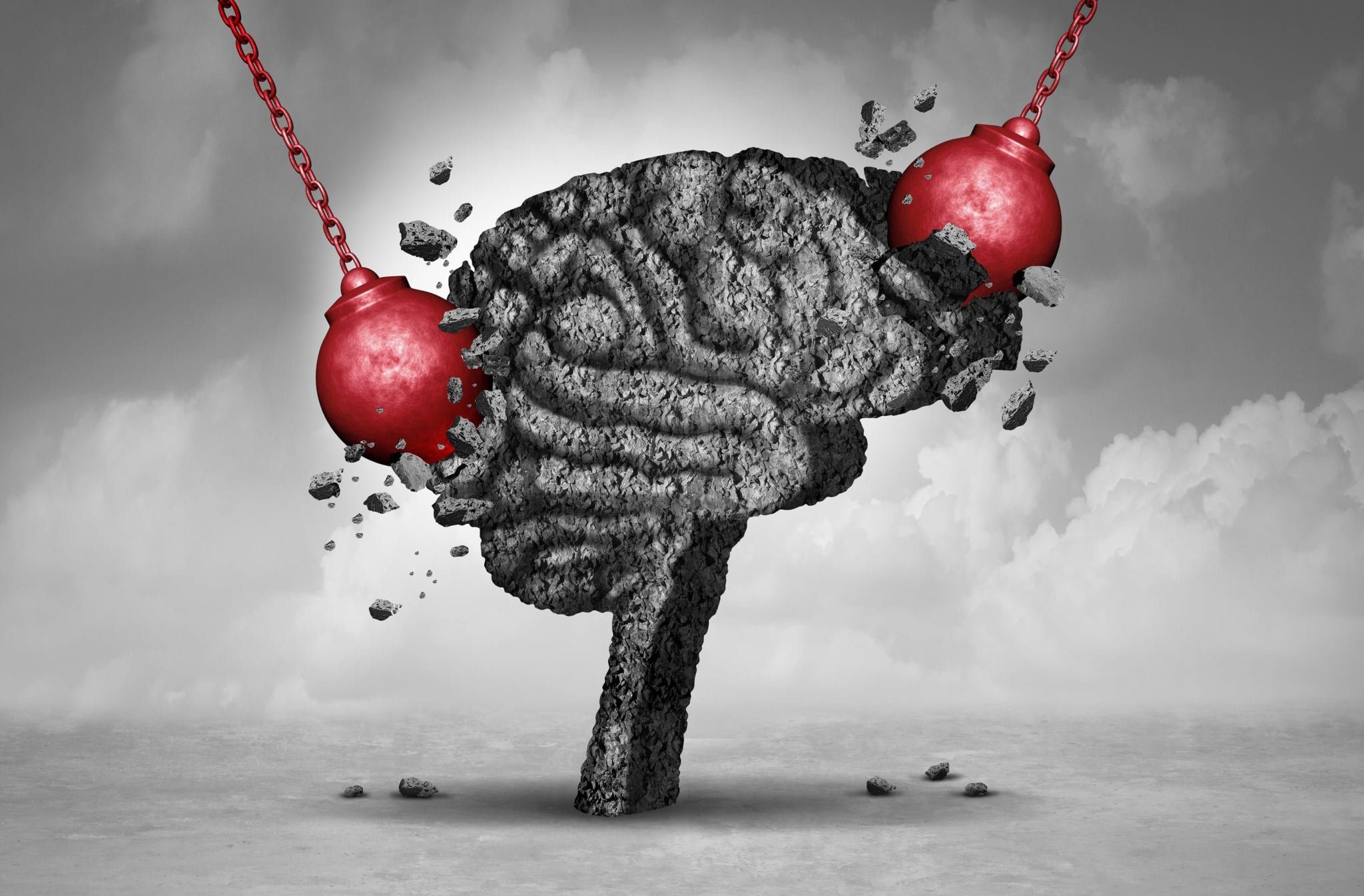
Debunking Common Migraine Myths
Migraines are a common neurological condition that affect millions of people worldwide. Unfortunately, there are many myths and misconceptions surrounding migraines that can prevent individuals from seeking proper diagnosis and treatment. In this post, we will discuss some of the most common migraine myths and provide accurate information to help increase understanding and reduce stigma.



